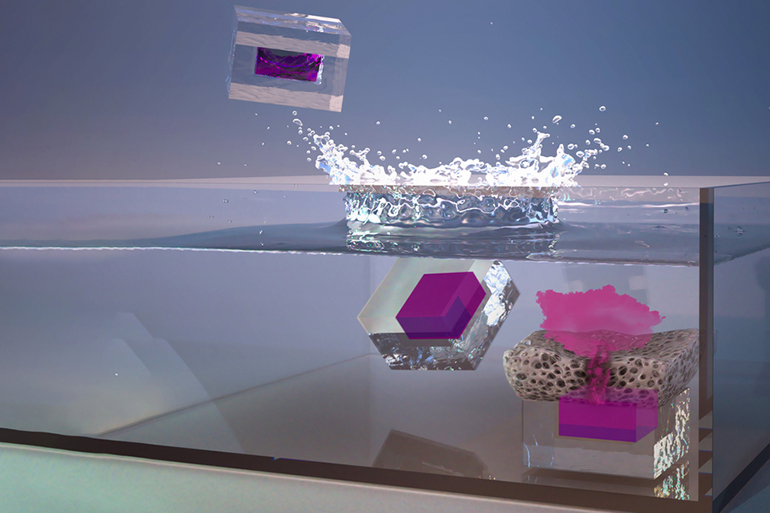There are many different ways through which we can define human beings, but if we are being honest, none do the job quite like our ability to grow on a consistent basis. This ability has helped us a lot in regards to conceiving some significant milestones, with our biggest achievement really coming in the form of an idea called technology. Now, while technology’s credentials around the stated context stem from its unmatched skill-set, we must also acknowledge the influence of how expansively those skills were used, thus impacting an entire spectrum, including our very own healthcare discipline. In fact, technology’s foray into healthcare couldn’t have arrived at a better time, considering the latter was already starting to buckle under its obsolete structure. Those tech-driven ideas, fortunately though, made their mark just in time, but mind you, that didn’t stop the medtech revolution by any means. Instead, the concept kept on getting better and better. The same has been evident across all what we have achieved over the recent past, and this testimony should only gain a bigger imprint on the back of a recent development.
Some researchers at MIT have successfully managed to develop a microparticle vaccine that is designed to provide you the booster dose without calling for any additional work on the medical professional’s part. According to certain reports, the hollow microparticles used in the technology are made from poly (lactic-co-glycolic acid), otherwise known as PLGA. Beyond the polymer’s tendency to break down over time and release contents of those microparticles, one thing we need to talk about is how you can also alter the composition of this material. Such a feature can allow researchers to tweak the release time, and by doing so, they can create a system where they have a shot at delivering an assortment of particles that all release at different times. Assuming the technology ends up getting a fair amount of traction, it can really simplify the way we carry out our vaccination drives. For instance, removing the need to visit a clinic again and again should make vaccine benefits all the more accessible to people living in low-resource regions.
“This is a platform that can be broadly applicable to all types of vaccines, including recombinant protein-based vaccines, DNA-based vaccines, even RNA-based vaccines,” said Ana Jaklenec, one of the lead researchers who created the new technology. “Understanding the process of how the vaccines are released, which is what we described in this paper, has allowed us to work on formulations that address some of the instability that could be induced over time.”
The researching team used silicone models to form the cup-shaped microparticles. These cups notably come with a lid, which if heated, will stick to the cup, keeping the vaccine inside totally safe from any premature spill.



















